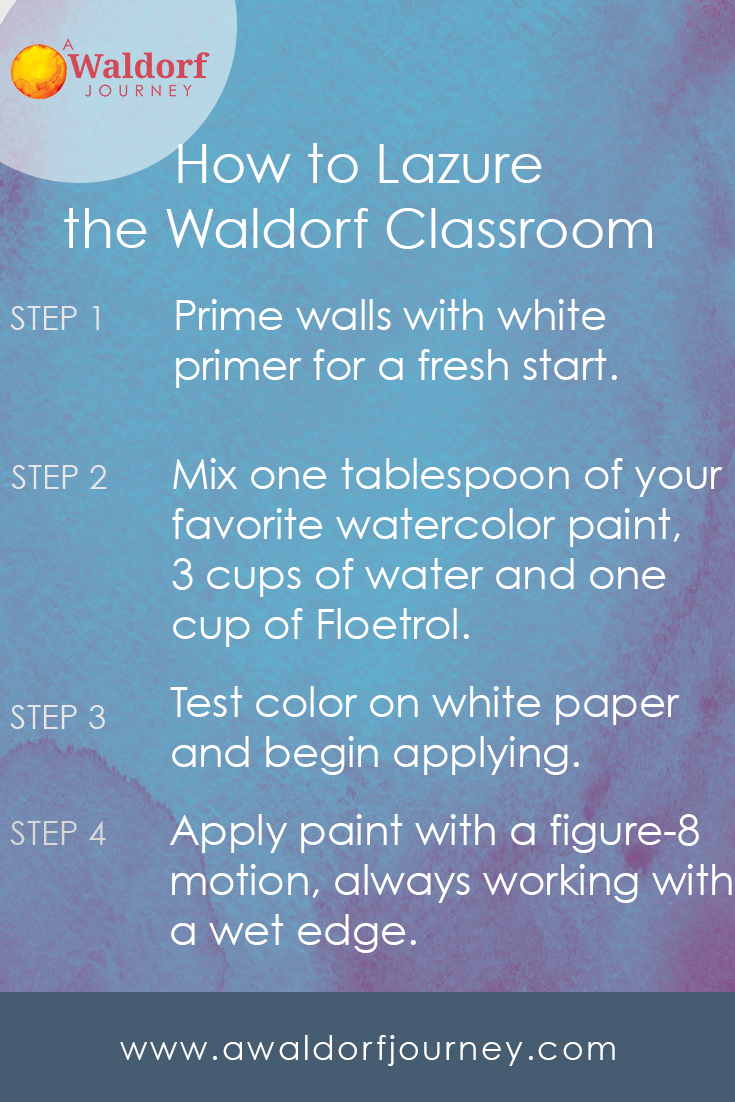 Last week my colleague, her daughter and I lazured my new classroom.
Last week my colleague, her daughter and I lazured my new classroom.
Though many Waldorf schools have classrooms dedicated to each grade, at our school the question of which class will be in which room is one that is discussed each year. Because some of our classrooms are difficult, odd sizes and our class sizes vary, we make decisions about the classrooms based on those factors.
The drawback to this approach is that we often end up painting classrooms in the summer. Increasingly, though, parents and teachers have expressed concern over the expense and labor that goes into all of this painting. There has been some discussion of painting all of the rooms a neutral shade to prevent the annual painting extravaganza. Other teachers have decided to make do in the “wrong” colored classroom to avoid the extra expense and effort.
I think, though, that our school is pretty close to being able to implement a system of having a dedicated classroom for each grade, and part of this big picture was painting my new room a new sixth grade shade. So, I had no concerns at all about painting over the yellow that was there to create walls of blue with a hint of purple.
Because we were starting with yellow walls, our first step was to paint it all white with primer. Then it was time to begin lazuring.
These were the basic supplies we used. The color we used to cover the entire room was Stockmar Ultramarine Blue (on the right) we used Prussian and Carmine as well, mixed in various ways on other parts of the wall. Floetrol is a product that can be added to paint to extend the time that it can be worked with. We mixed about a tablespoon of paint with about three cups of water and a cup of Floetrol to begin. We tested the color on paper before going onto the walls.
The best brushes to use are wide with longer bristles. There are lovely, expensive lazuring brushes out there, but these worked quite nicely.
You can see in this photo how light the pigment of the first coat was. The wall to my colleague’s right has been painted.
To apply the paint, we started in the center of an area and moved the paint outward using a large lemniscate motion with the brush. The resulting effect was darker in some places, lighter in others, so that the walls practically breathed.
After the first very light coat, we went over the walls with another coat. We then mixed ultra-marine and carmine to create a light purple that we added to the bottom of the wall. After doing that we found that the transition between the blue and purple was too abrupt so we added prussian to the purple, transitioning up into the ultra-marine.
Then, finding the transition still too abrupt, we added another, darker layer of ultra-marine. Each of these coats was applied with the same sweeping lemniscate motion, blending until the paint moved seamlessly from one area to the next.
My favorite thing, though, was what we decided to do with one wall.
We decided to bring the purple up a bit higher on the wall that is to the right of the chalkboard. I thought that the more thinking quality of purple would look nice on that wall where so much of our academic energy is focused. As each layer of that blue-purple paint climbed its way up from the base of the wall we started to see something arise. Before long we saw the suggestion of a mountain on the wall. As I painted alongside my companions I started to think about the mountain. I thought about what a perfect symbol the mountain is for sixth grade.
This year we’ll encounter mountains as we study the rock cycle and volcanoes in our Rocks and Minerals block. We’ll climb the mountain of the earth together when we study biomes in our geography block. We’ll imagine mountains when we learn about Hannibal and his elephants crossing the Alps. The students will face their own mountain in the form of adolescence and I will have my own mountain to face as I dive into this fantastic curriculum and bring it in a living way to the ever-changing, always amazing individuals that make up my class.
With this in mind, we decided to take the first bold step, which was to give the mountain the form it was asking for.
Treating classroom walls like a canvas is a time-consuming, labor intensive endeavor, but I am so satisfied with the outcome.
My room is by no means ready for sixth grade.
But at least the first few steps of the climb have been taken.

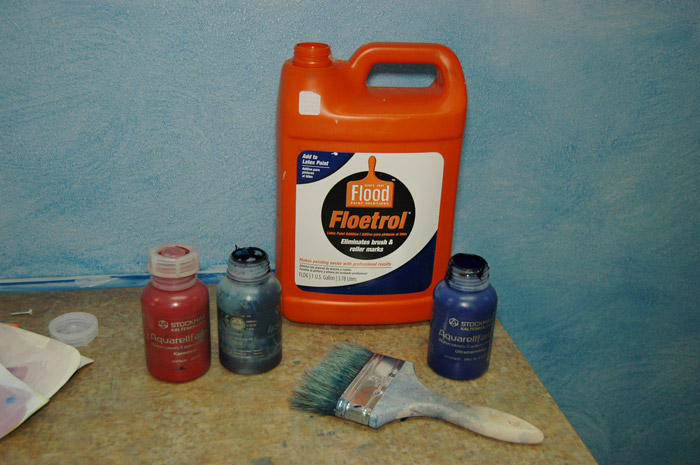
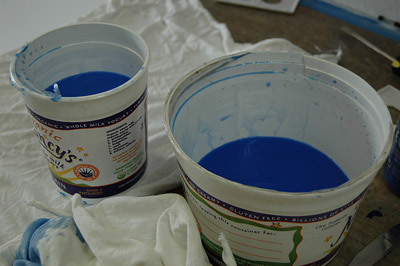
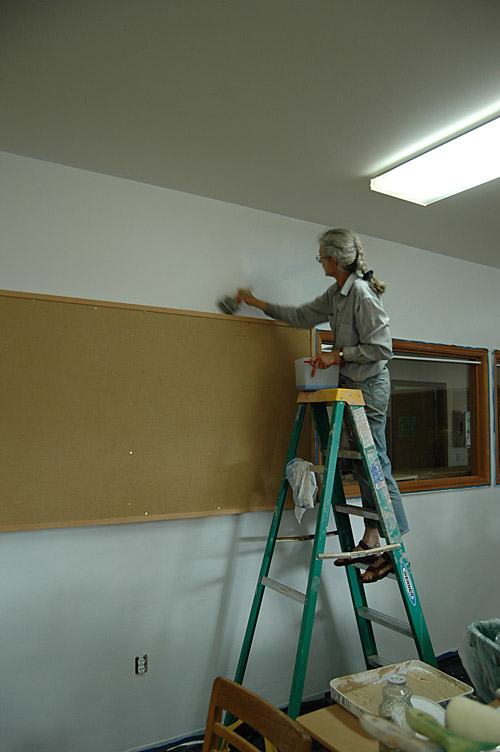
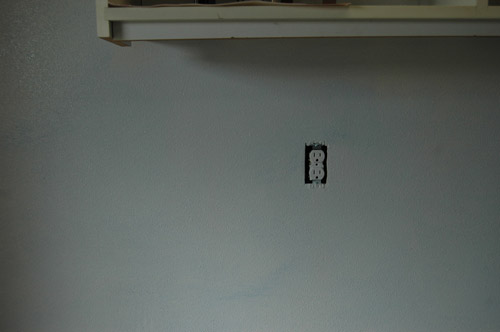
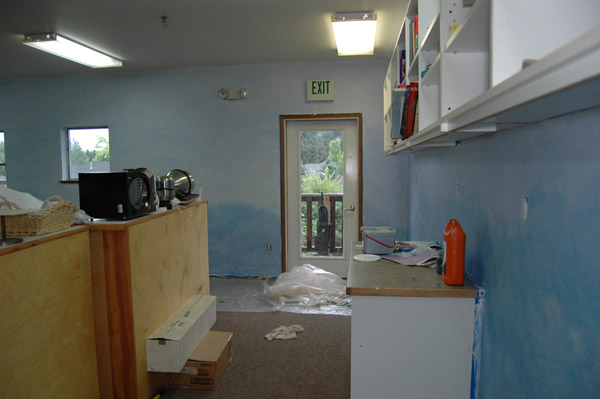
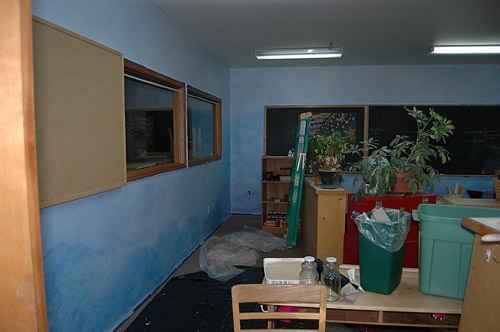
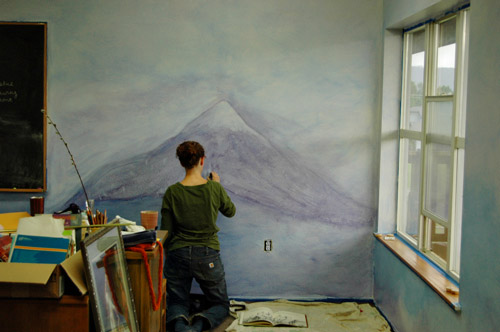





Wow, the walls look so beautiful, I am really inspired. I’ve been in my house for two years and done nothing to the walls because nothing was really speaking to me. I’ve loved the look of lazuring, and you make it look accessible. I wonder though, how did you do the top and bottoms of the walls (where they meet the ceiling and the baseboards). It seems like it would be hard to get the whole wall without also getting the ceiling.
Peace,
Sarah
Meredith, this is a beautiful post! Not only are your results lovely, but the spirit in which you accomplished the work is incredibly inspiring…thank you so much for sharing!
Your mountain looks like Mt. Hood, the mountain right outside of my hometown of Portland, OR. It’s a fantastic mountain and I’m sure it is proud to go through 6th grade with your class 🙂
Do you seal it with anything? I want to lazure our next home.
I live on the Sound in Washington. I thought the same thing about the mountain. We see one every time there is a clear day.
Oh yes, you do have to seal the paint when working with watercolor. My colleague and her daughter did that for me. I’m not sure of the exact product they used, but it was some sort of very stinky polyurethane sealant.
I just love those mountains. The Olympics and Cascades are miraculous places.
About how many coats do you think you ended up putting on before achieving your final product. I realize all of the walls are not the same…..